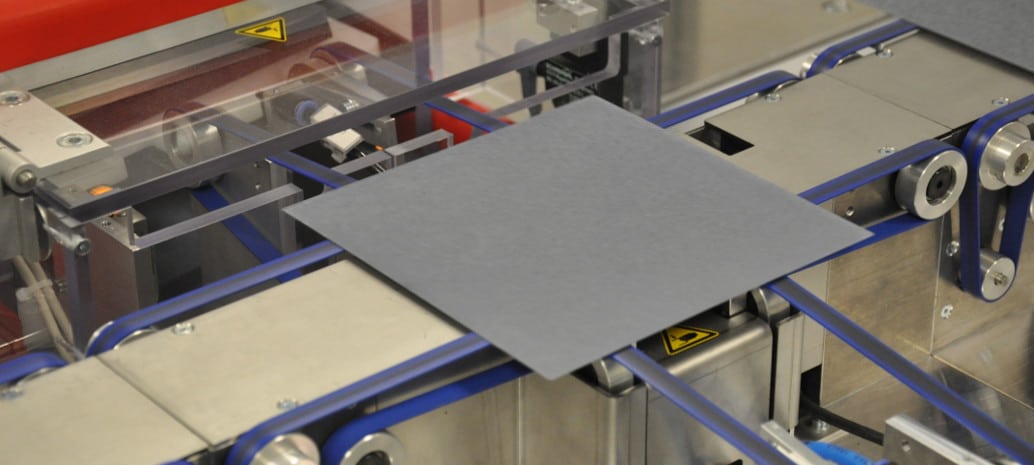For the past five years, 1366 Technologies has been the poster child of the U.S. Department of Energy’s (DOE) Loan Guarantee Program. While recipients such as Solyndra and Beacon Power went belly-up, the innovative wafer maker had not only survived but was thriving, with impressive technical results, a massive contract to supply its Direct Wafers to Hanwha Q Cells, and a partnership with polysilicon giant Wacker Chemie.
But while DOE agreed to fund 1366 Technologies’ first large-scale solar manufacturing facility in upstate New York in 2011, six and a half years later no disbursements have been made, and the company has withdrawn from the loan guarantee process.
According to 1366, the company had reached the deadline for its initial loan guarantee and decided to bow out of what CEO Frank Van Mierlo describes as “a lengthy and expensive renegotiation without any indication of the outcome” for an extension.
1366 has also given up plans for a factory in upstate New York, after years of delays, and has instead announced that it will build its first commercial-scale wafer factory at a yet-undisclosed overseas location.
And while 1366 has also not responded to pv magazine questions about what other sources of funding may be available for its factory, the loss may be more the United States’ than the company’s. While Van Mierlo says that 1366 intends to return to the United States for future manufacturing endeavors, such decisions will have to be made considering existing conditions if and when the company expands.
The failure of DOE to retain the first commercial manufacturing facility for a successful solar innovator in the United States is also a direct contrast to the Trump Administration’s claims that it is supporting domestic manufacturing, including the imposition of tariffs on imported solar cells and modules.
DOE issued no public statement about 1366’ departure, and under the administration of leadership of Secretary Perry appears more concerned with attempting to dismantle wholesale power markets through the use of potentially illegal bailouts for coal and nuclear power plants as well as funneling money into unsuccessful fossil fuel projects.
It is also important to note that despite being much maligned by Trump’s Republican Party, the Loan Guarantee Program has also been a success. While several technology companies funded by the program went bankrupt and defaulted on their loans, 87% of the loan guarantees by dollar amount made under the Obama Administration went to large-scale wind, solar and other power generation projects, and the program has resulted in a surplus for the U.S. government.
This content is protected by copyright and may not be reused. If you want to cooperate with us and would like to reuse some of our content, please contact: editors@pv-magazine.com.









China dominates in manufacturing because its government is willing to take risk – thru significant capital investment or credit enhancement – and do so at incredible speed and lack of transactional burden. The U.S. is the exact opposite. We focus so heavily on our mistakes (e.g., Solyndra), it paralyzes our overall industrial policy. China, on the other hand, has made lots of bad bets on individual companies but continues to invest because it sees the long-term prospects of critical industries, including solar.
I agree with that statement 100%. I would add that this is only one part of a robust and coherent national policy to support solar manufacturing. If we want to compete with that, we can’t do so merely with punitive measures like tariffs. We have to do the same. I hope that SEIA supports this vision.